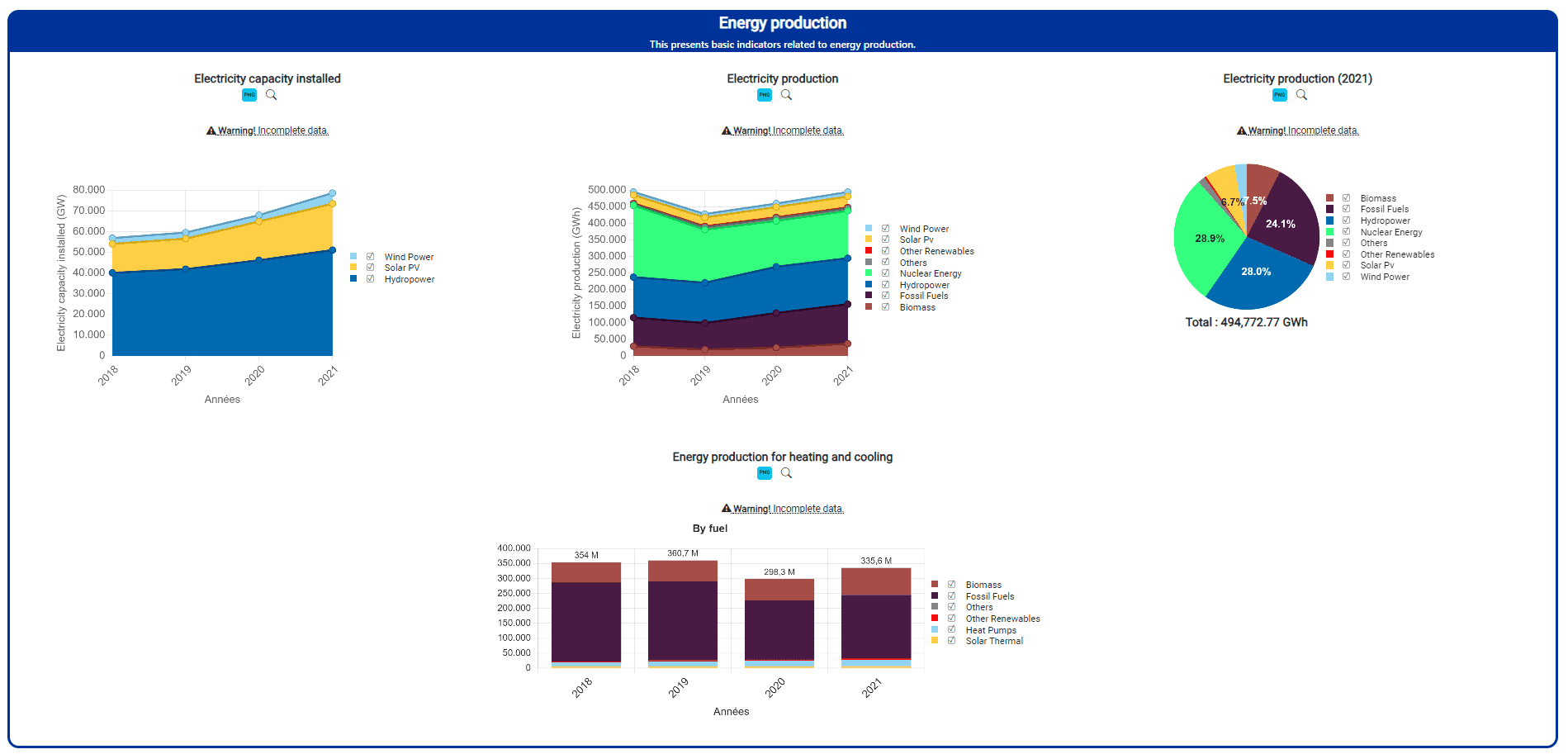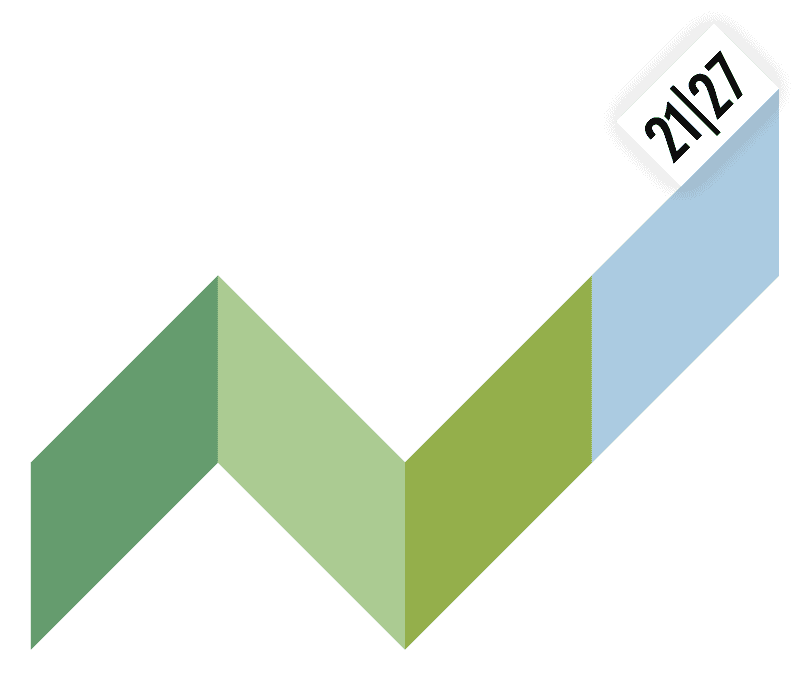The CERVINO team managed to achieve impressive results over the last 17 months:
· energy data from 2018 to 2021 for the Alpine Region has been collected, made visible and will soon be accessible to the public via the project platform | https://alpine-energy-data.eu
· local authorities can now compare their energy situation chronologically or with other Alpine Regions and evaluate or even adjust their energy policy strategies in order to reach their climate goals.
One month left to go before the CERVINO project will come to an end. Therefore, we wondered: What happens next? To answer that question, we met Francesca Verardo of the Lead partner IRE and conducted an interview with her to get her view on the retrospective as well as the prospect CERVINO project results.
How does the CERVINO team ensure that the energy data collection for the Alpine Region will continue beyond the end of the project (February 2024) and how is being guaranteed that the monitoring and the survey will remain up to date?
Francesca Verardo: The durability of energy data collection for the Alpine Region is ensured by a mix of different elements.
SIMPLIFICATION: The energy survey developed in 2017 and implemented in 2019 has been simplified by reducing the number of data requested. Learning from the results of the previous collections and defining the requested data more clearly, we managed to avoid misunderstandings with the data entry.
AUTOMATION: A more automated system for data entry makes this activity less time consuming for EUSALP regions. That means, time and consequently money will be reduced. An automated system makes the data collection more attractive for the local and economic actors who are asked to insert the values.
Further, the possibility to create a link between data sources and CERVINO tool is being checked: Although this does not represent the optimal solution for all regions, due to the complexity of data procurement in some cases, with the involvement of energy data providers, it can represent an opportunity to be explored in the future to ensure the periodic updating of the tool.
Commitment: The commitment of the regions is an essential element to ensure that the energy data collection for the Alpine Region will continue beyond the end of the project. Thanks to the involving the members of action group 9 and the other EUSALP action groups, we had the possibility to work on this topic. Showing them the potential of the CERVINO tool both as a data collection and a visualization tool, sparked a useful discussion for the development of further and future steps and cooperation.
Does the project team of CERVINO plan to initiate further actions regarding the energy data collection and survey in the Alpine Region after the end of the project?
Francesca Verardo: The idea is to continue the actions that started with CERVINO by evaluating the possibility of expanding the tool to other topics with the involvement of the members of the other action groups. Furthermore, partners will continue to work at a regional and national level in order to improve the commitment of the government regarding the implementation of the CERVINO tool in their daily work business. Further, the tool should be deployed as a decision-making tool for future strategies to reach the climate goals.
Which conclusions would you draw shortly before the end of the project?
Francesca Verardo: One month before the end of the project we can say that commitment is a fundamental element to enable important steps towards the future establishment of an Alpine Energy Observatory. Political decision makers should be aware of the importance to have the availability of energy data that can easily be viewed and compared. The documentation and visualisation of different characteristics in different regions can help to learn from each other and improve the governments energy strategies. Realizing the importance of a current and multifaceted energy survey is a fundamental condition for the government’s commitment to a regular implementation of energy data.
Find out more about the project CERVINO and the energy data platform on our website
www.alpine-space.eu/project/cervino/, LinkedIn, and YouTube



